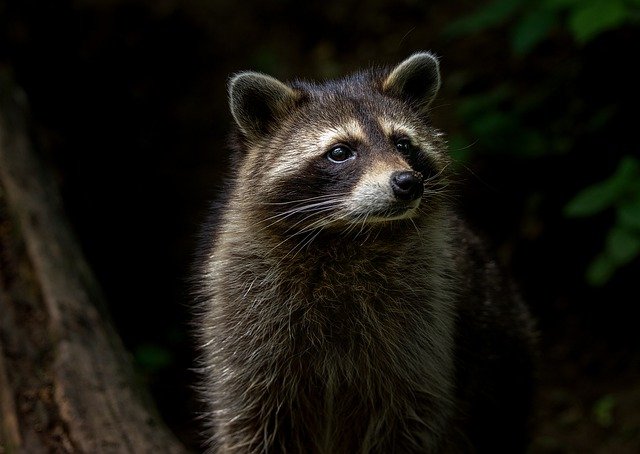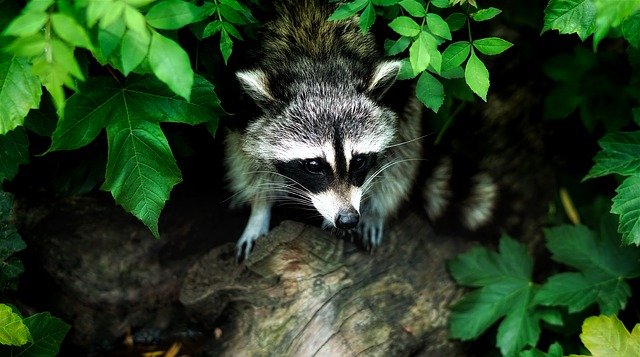A raccoon is a natural predator that preys mostly on small mammals. If a raccoon has not been trapped in the wild, it usually seeks out homes or wooded areas that it can use as its own food supply. Raccoons have exceptional eyesight, which allows them to see in the dark. A raccoon with floppy ears is also capable of hearing very faint sounds that are usually beyond the human ear. We asked the professionals over at Oshawa raccoon removal for some guidance on dealing with raccoon problems.
Raccoon droppings are very useful for animal studies in the field. This is because they are quite unique compared to the droppings of other animals. Raccoon excrement is thick and chunky and may be nearly black in color. When a raccoon’s body temperatures fall below freezing during winter, the raccoon may seek out places with warmer weather such as inside abandoned car engines or refrigerators. In these conditions, the raccoon’s metabolism slows down so that it can survive the cold better.
Raccoon are highly social animals and will remain in one area of their property if the space is sufficient for two to three raccoons. However, raccoons will seek out human hands and will attempt to mate with the hands of humans if the opportunity presents itself. Raccoon may also try to attack and bite human beings that wander into their territories or that enter their urban areas.
Raccoon infestations are often difficult to determine until it is too late. For example, it may not be noticed until the fall when the leaves have started to change colors and the once lush lawn has transformed into a patchy lawn that is now hard and uneven. In addition, notice raccoons will often go underground during the winter to survive the bitter cold. By the time you see them underground, they will have covered much of the land and will be hibernating to protect themselves from the harsh elements.
It is possible to manage raccoon problems on your property by using an animal behaviorist. Wildlife officers and biologists are trained in identifying raccoons and other wildlife infestations on a property and know how to handle the problem appropriately. Wildlife officers are also trained to look out for human harm done to the raccoons or other wildlife during night time hours, so that their presence is not disturbed. Having an experienced wildlife removal and control company assist you in managing raccoon infestations will ensure that no humans are harmed and that your attic, crawl space, under floor, garage, storage building and your deck do not become a site for a dangerous wild animal.
Raccoon issues can be quite costly for homeowners to deal with. Unintentional capturing, damages caused by raccoons, injuries sustained from bites and scratches, lost livestock and costly vet bills are all costs raccoon owners face. While a small amount of property may be cost prohibitive to repair, even a small percentage of raccoon-related damage to a structure can easily wipe out a homeowner’s budget. That’s why it is important to take preventative measures to avoid raccoon problems in the first place by being sure to leave wildlife alone during times when they are not active, being very aware of and careful about raccoons entering and leaving your property, staying clear of harvested wood and feed, planting wildlife friendly plants around the property, using effective animal deterrents like animal repellants, and making sure your roof and attic is properly maintained.

